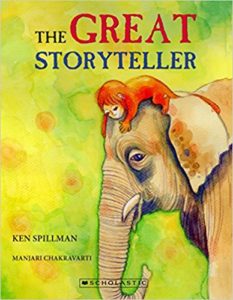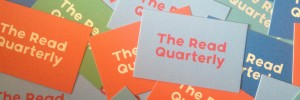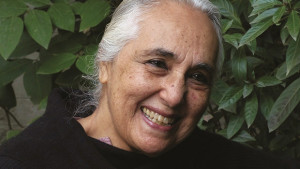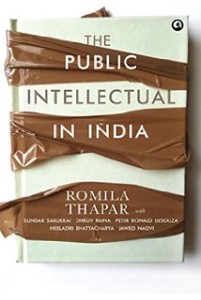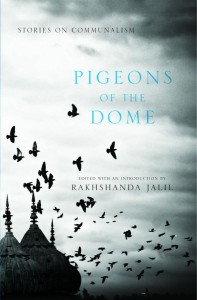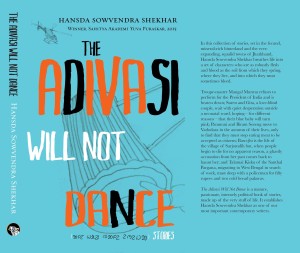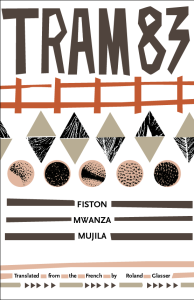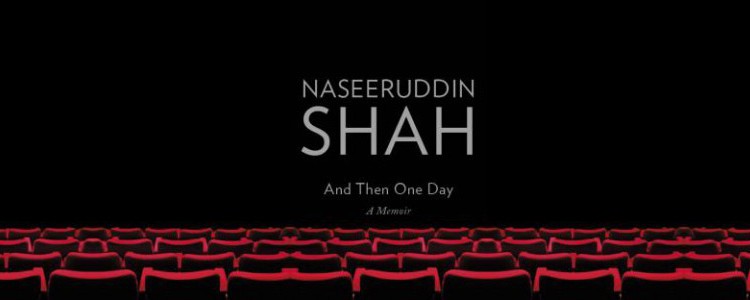Oliver Sacks “Everything in its Place”
British neurologist, naturalist, historian of science, and author Oliver Sacks died in 2015. A huge loss to the world particularly to the world of writing and reading. He read voraciously, wrote beautifully and with a precision that is a sheer delight to behold. Fortunately after his passing, some of his unpublished writings were published in a collection called River of Consciousness and now Everything in its Place puts together his contributions to various magazines and newspapers. As always there is plenty to mull over. Sacks has the astonishing ability to make many light bulbs go on inside one’s head and think, “Exactly! This is it! He got it!” In Everything in its Place there are two particular instances when this happens. One when he wistfully records the demise of print collections in libraries in favour of digital books thereby losing the opportunity of serendipitous gems such as the 1873 book Megrim. This is what he writes in his essay “Libraries”:
When I was a child, my favourite place at home was the library, a large oak-paneled room with all four walls covered by bookcases — and a solid table for writing and studying in the middle. …The oak-paneled library was the quietest and most beautiful room in the house, to my eyes, and it vied with my little chemistry lab as my favourite place to be. I would curl up in a chair and become so absorbed in what I was reading that all sense of time would be lost. Whenever I was late for lunch or dinner I could be found, completely enthralled by a book, in the library. I learned to read early, at three or four, and books, and our library, are among my first memories.
…
When I went to university, I had access to Oxford’s two great university libraries, the Radcliffe Science Library and the Bodleian, a wonderful general library that could trace itself back to 1602. …But the library I loved the most at Oxford was our own library at the Queen’s College. The magnificent library building itself had been designed by Christopher Wren, and beneath this, in an underground maze of heating pipes and shelves, weere the vast subterranean holdings of the library. To hold ancient books, incunabula, in my own hands was a new experience for me … .
I first came to New York City in 1965, and at that time I had a horrid, poky little apartment in which there were almost no surfaces to read or write on. I was just able, holding an elbow awkwardly aloft, to write some of Migraine on the top of a refrigerator. I longed for spaciousness. Fortunately, the library at the Albert Einstein College of Medicine, where I worked, had this in abundance. I would sit at a large table to read or write for a while, and then wander around the shelves and stacks. I never knew what my eyes might alight upon, but I would sometimes discover unexpected treasures, lucky finds, and bring these back to my seat.
…
But a shift was occurring by the 1990s. I would continue to visit the library frequently, sitting at a table with a mountain of books in front of me, but students increasingly ignored the bookshelves, accessing what they needed with their computers. Few of them went to their shelves anymore. The books, so far as they were concerned, were unnecessary. And since the majority of users were no longer using the books themselves, the college decided, ultimately, to dispose of them.
I had no idea that this was happening — not only in the Einstein library but in college and public libraries all over the country. I was horrified when I visited the library recently and found the shelves, once overflowing, now sparsely occupied. Over the last few years, most of the books, it seems, have been thrown out, with remarkably little objection from anyone. I felt that a murder, a crime had been committed: the destruction of centuries of knowledge. Seeing my distress, a librarian reassured me that everything “of worth” had been digitized. But I do not use a computer, and I am deeply saddened by the loss of books, even bound periodicals, for there is something irreplaceable about a physical book: its look, its smell, its heft. I thought of how this library once cherished “old” books, had a special room for old and rare books; and how in 1967, rummaging through the stacks, I had found an 1873 book, Edward Liveing’s Megrim which inspired me to write my own first book.
The second instance is when Sacks rues his failing eyesight is robbing him of the pleasures of reading print books. For him it was the print book that held the greatest appeal and no amount of technological innovation such as audio books could persuade him to think otherwise. He has a point when he writes in “Reading the Fine Print”:
In January of 2006, when my vision began to decline, I wondered what I would do. There were audiobooks — I had recorded some of them myself — but I was quintessentially a reader, not a listener. I have been an inveterate reader as far back as I can remember — I often hold page numbers or the look of paragraphs and pages in my almost automatically, and I can instantly find my way to a particular passage in most of my books. I want books that belong to me, books whose intimate pagination will become dear and familiar. My brain is geared towards reading — …
We each form unique neural pathways associated with reading and we each bring to the act of reading a unique combination not only of memory and experience, but of sensory modalities, too. Some people may “hear” the sounds of the words as they read (I do, but only if I am reading for pleasure, not when I am reading for information); others may visualize them, consciously or not. Some may be acutely aware of the acoustic rhythms or emphases of a sentence; others are more aware of its look or its shape.
… there is a fundamental difference between reading and being read to. When one reads actively, whether using the eyes or a finger, one is free to skip ahead or back, to reread, to ponder or daydream in the middle of a sentence — one read’s in one’s own time. Being read to, listening to an audiobook, is a more passive experience, subject to the vagaries of another’s voice and largely unfolding in the narrator’s own time.
…
Writing should be accessible in as many formats as possible — George Bernard Shaw called books the memory of the race. No one sort of book should be allowed to disappear, for we are all individuals, with highly indivualized needs and preferences — preferences embedded in our brains at every level, our individual neural patterns and networks creating a deeply personal engagement between author and reader.
This is so true! Any true-blooded reader would identify wholeheartedly with the sentiment expressed. For me it rings true at another level too. My nine-year-old daughter prefers print to audio books for she claims “audio interferes with her imagination!” Till I read this essay I attributed it to a child’s quirk. Now I know better.
Read Everything in its Place! There is so much to discover.
1 July 2019

